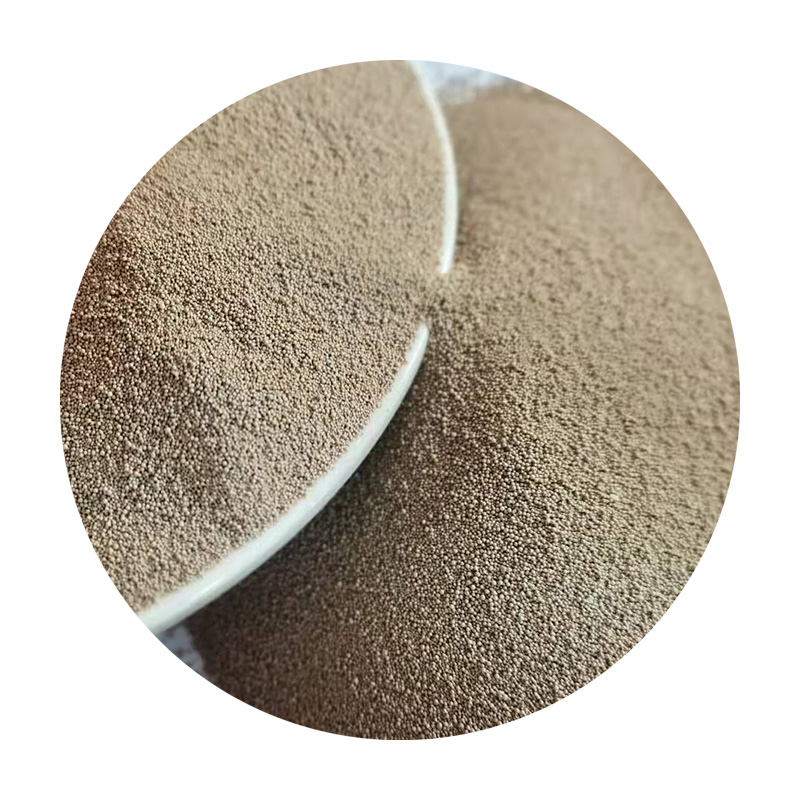The Rising Importance of Resin Coated Frac Sand in the Oil and Gas Industry
In recent years, the oil and gas industry has been undergoing transformative changes driven by technological advancements and the pursuit of more efficient extraction methods. One of the paramount developments in this field is the use of resin-coated frac sand, which has emerged as a crucial component in hydraulic fracturing, commonly referred to as fracking. This article delves into the significance of resin-coated frac sand and its impact on the extraction process, along with its advantages and market dynamics.
Understanding Frac Sand and Its Role
Frac sand is a high-purity quartz sand that is specifically processed for use in the fracking process, where it plays a vital role in propelling and supporting fractures in the rock formations. This allows oil and natural gas to flow more freely from the reservoir to the wellbore. Traditionally, natural sand has been used in fracking, but it often lacks the necessary strength and durability required to withstand the high pressures involved in the process.
The Development of Resin Coating Technology
Resin-coated frac sand is produced by applying a synthetic resin coating to natural sand grains, enhancing their structural integrity and performance during the fracturing process. This technology primarily emerged to address the shortcomings of traditional sand, which can break apart under severe conditions, leading to a reduction in permeability and overall extraction efficiency.
The resin coating not only increases the strength of the sand but also reduces the amount of fines produced during the fracking process, which can impede fluid flow. This innovation has allowed for better proppant performance, ensuring that more oil and gas can be extracted from reservoirs.
Advantages of Resin Coated Frac Sand
1. Increased Strength and Durability One of the chief benefits of resin-coated frac sand is its enhanced mechanical strength. This durability allows it to withstand the intense pressures experienced during hydraulic fracturing, maintaining its integrity and effectiveness over time.
resin coated frac sand

2. Reduced Fines Generation The unique coating process minimizes the occurrence of sand fines, which are small particles that can clog the fractures created during fracking. By reducing fines, resin-coated sand helps maintain the permeability of rock formations, optimizing the extraction process.
3. Improved Flowback Performance The application of resin creates a smoother surface on the sand grains, promoting better fluid flow. This facilitates a more efficient recovery of hydrocarbons, thus enhancing the profitability of fracking operations.
4. Customization and Versatility Resin-coated frac sand can be customized with varying levels of resin content and grain size to meet specific geological conditions. This versatility allows operators to tailor their choice of proppant to maximize extraction effectiveness based on the unique characteristics of each well.
Market Dynamics and Future Trends
The market for resin-coated frac sand has been growing steadily, driven by the increasing demand for advanced extraction techniques and the need for more efficient resource utilization. As fracking continues to gain traction as a method for unlocking previously inaccessible oil and gas reserves, the demand for high-quality proppants is expected to rise.
Moreover, the trend toward more environmentally friendly fracking practices is likely to enhance the appeal of resin-coated frac sand. The use of synthetic resin coatings can reduce the overall environmental impact of sand production and support sustainability initiatives within the industry.
Conclusion
In summary, resin-coated frac sand is swiftly becoming a cornerstone technology in the oil and gas industry. Its ability to enhance the efficiency of hydraulic fracturing processes, coupled with its superior strength and customization potential, positions it as a valuable asset for operators seeking to maximize their output. As the industry navigates the challenges of resource extraction, the continued evolution of resin-coated frac sand's technology will undoubtedly play a pivotal role in shaping the future of energy production. With a deeper understanding of its advantages and market dynamics, stakeholders can make informed decisions that will drive progress in this ever-evolving landscape.
Post time:Okt . 17, 2024 23:11
Next:якҷояшавии хок
